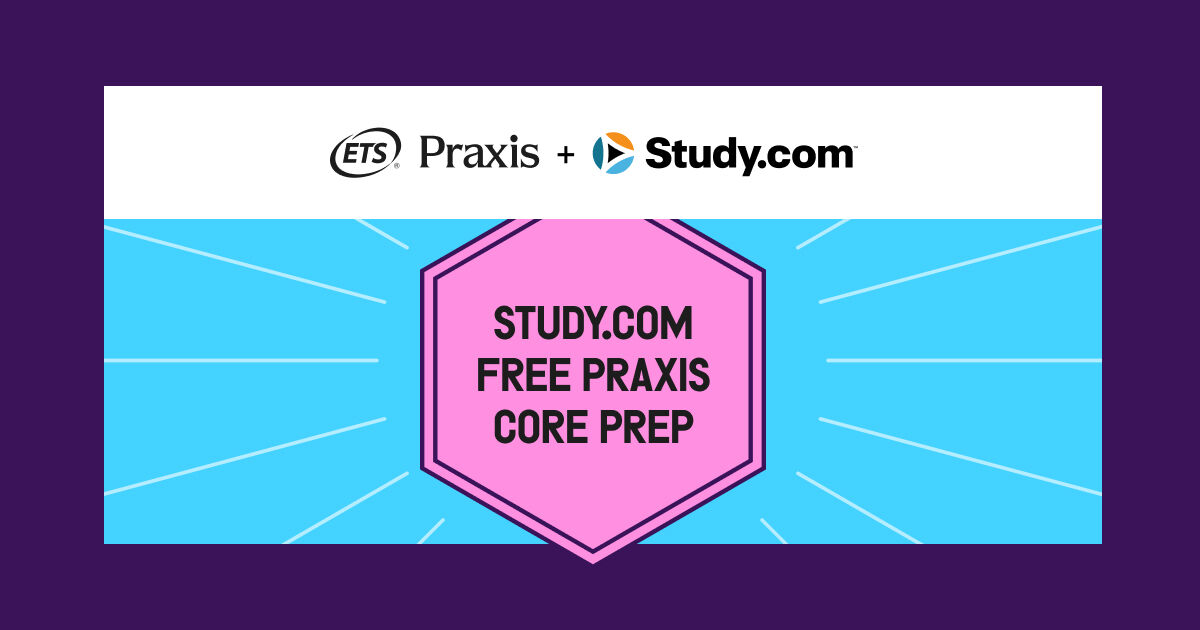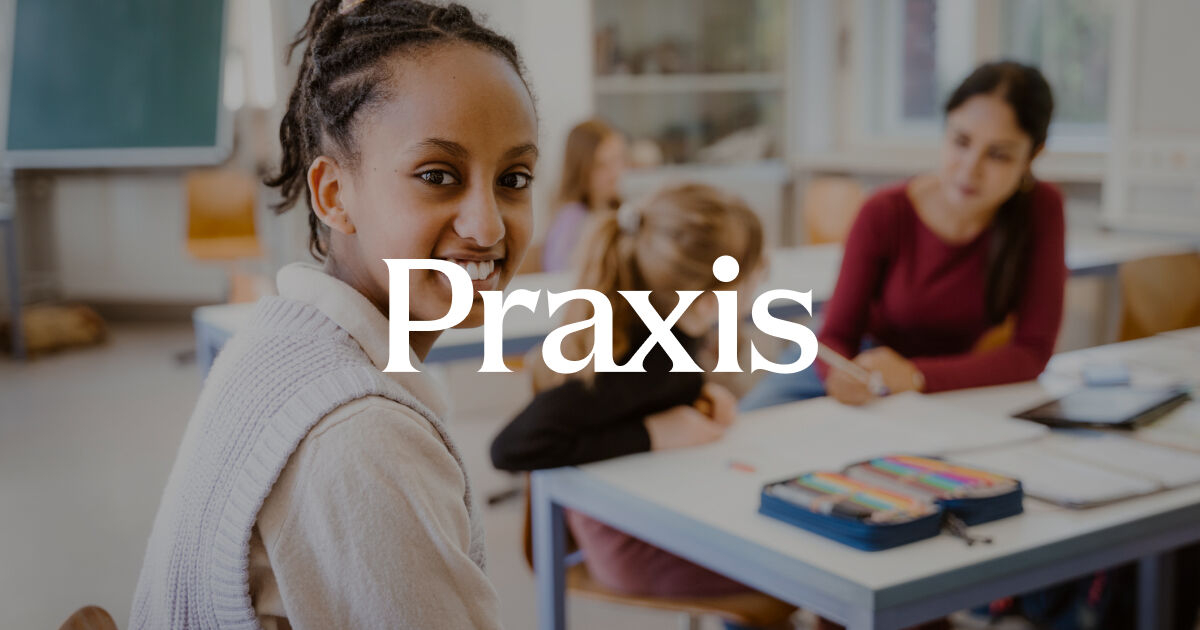
Where Teaching Begins: The Essential Role of Paraeducators in Schools and the Educator Pipeline
In schools across the country, paraeducators are stepping up in powerful ways—supporting students, strengthening instruction, and helping to bridge the growing gaps in the education workforce. While their role has often flown under the radar, the impact of qualified paraeducators in classrooms is undeniable—and it’s time to give them the recognition they deserve.
More Than Just Classroom Support
While paraeducators are known for supporting teachers with daily classroom activities, their contributions go far beyond logistics. When a skilled paraprofessional is in the classroom, the learning environment becomes more inclusive, productive, and responsive to student needs. Schools with strong paraeducator support benefit from:
- Improved English Language Learner (ELL) support: Paraeducators often work closely with ELL students, providing tailored assistance and helping them access curriculum content more effectively.
- Enhanced classroom productivity: With additional instructional support, teachers can manage classrooms more efficiently, focus on small-group instruction, and ensure more personalized attention for students.
- Inclusive learning environments: Paraeducators play a key role in making sure every student feels seen and supported, especially those with diverse learning needs.
- Critical special education assistance: Many paraeducators are trained to support students with disabilities, helping implement IEPs and reinforcing specialized instruction.
A Rising Force in Education
As schools navigate persistent teacher shortages and increasing demands for individualized instruction, paraeducators are rising as a key solution. According to recent trends:
- Districts and states are tapping into the paraeducator workforce to help address shortages, often through “Grow Your Own” programs that support paraeducators in earning full teaching credentials.
- High school students are joining the field earlier than ever through Career & Technical Education (CTE) pathways. By earning paraeducator credentials and taking the ParaPro Assessment, students can step into instructional support roles immediately after graduation.
- Community colleges are expanding flexible paraeducator programs, offering stackable credentials that lead directly into teaching roles—particularly in underserved communities.
These programs do more than fill staffing gaps. They open the door to long-term, rewarding careers in education while also increasing diversity and representation in classrooms.
Building the Educator Pipeline from the Ground Up
Many paraeducators bring deep roots in the communities they serve, along with valuable lived experience. Their presence fosters trust, strengthens student relationships, and contributes to more culturally responsive teaching. As schools invest in growing their paraeducator workforce, they’re not only improving classroom outcomes today—they're building a stronger, more sustainable educator pipeline for the future.
Let’s Celebrate Paraeducators
Whether they’re supporting small-group instruction, helping students with special needs thrive, or stepping into instructional roles through CTE and community college pathways, paraeducators are essential to the future of education. Let’s celebrate these dedicated professionals—and continue to invest in their growth, success, and leadership in our schools.
More Posts

Supercharging Pedagogy: The Power of AI in Education

By Praxis Editorial Team
Published on July 2, 2024

Becoming a Teacher: A Guide for Aspiring Educators

By Praxis Editorial Team
Published on June 18, 2024

Supercharging Pedagogy: The Power of AI in Education

By Praxis Editorial Team
Published on June 5, 2024

Social Emotional Learning: Vital for Teacher Preparation

By Praxis Editorial Team
Published on May 14, 2024

Overcoming Praxis Test Challenges: Retaking and Succeeding

By Praxis Editorial Team
Published on May 7, 2024
.jpg)
Future Directions: How Praxis and Study.com Consider Educator Preparation and Support

By Praxis Editorial Team
Published on April 30, 2024
.jpg)
Unveiling Educational Impact: ETS Praxis Ventures into New Research Horizons

By Praxis Editorial Team
Published on April 23, 2024

Achieving Success: Our Innovative Test Prep for Praxis Core

By Praxis Editorial Team
Published on April 15, 2024
.jpg)
Unlocking Diversity: ETS and Study.com Research Explores Keys to the Classroom

By Praxis Editorial Team
Published on April 9, 2024

Enhancing Literacy Learning: Blending Technology and Education

By Praxis Editorial Team
Published on April 2, 2024

Get Your Dream Job: Top 10 Interview Questions

By Praxis Editorial Team
Published on March 25, 2024

Making the Grade: Finding Your Ideal First Teaching Job

By Praxis Editorial Team
Published on February 27, 2024

Assessment Strategies I Wish I Knew When I Started Teaching

By Praxis Editorial Team
Published on March 12, 2024

Empowering New Teachers with Professional Development

By Praxis Editorial Team
Published on March 5, 2024

Supercharging Education with Formative Learning

By Praxis Editorial Team
Published on March 19, 2024

Meet Praxis: Where Education Leads the Conversation

By Praxis Editorial Team
Published on February 20, 2024

Breaking Boundaries: Praxis and Study.com Partner to Empower Educators

By Praxis Editorial Team
Published on February 20, 2024



